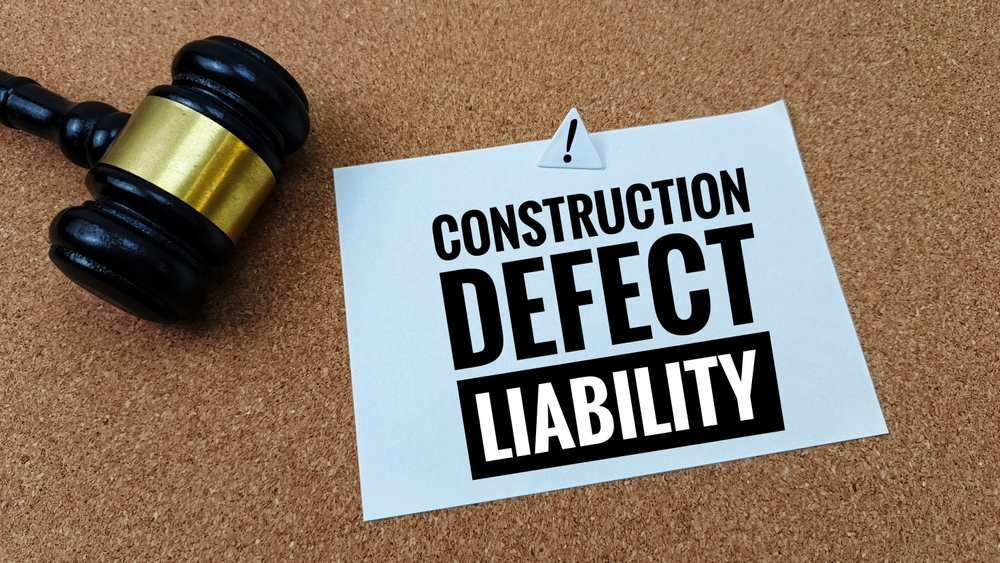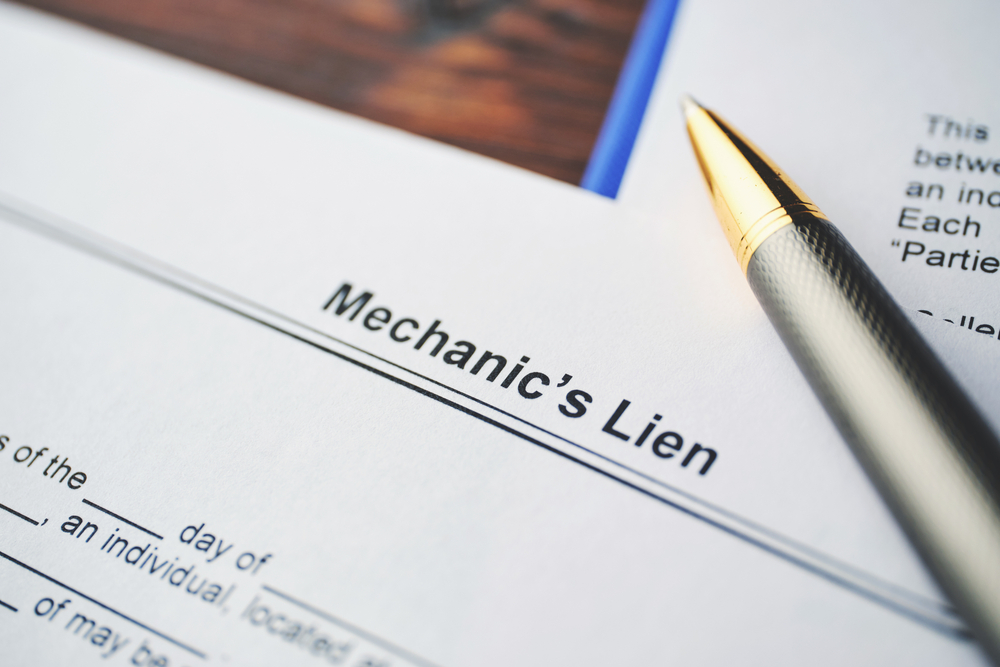

If you’re a contractor working on construction projects, you’ve probably encountered payment clauses that seem designed to shift financial risk away from general contractors and onto your shoulders. One of the most common—and potentially problematic—clauses you’ll find in subcontracts is the “pay when paid” provision.
Understanding this clause isn’t just about legal jargon. It’s about protecting your business, managing cash flow, and making informed decisions about the risk you are willing to take. This article will break down exactly what pay when paid clauses mean, how they affect your payment timeline, and what you need to know to protect your financial interests.
A pay when paid clause creates a conditional payment structure that ties your payment directly to the general contractor receiving payment from the project owner. In simple terms, the general contractor doesn’t have to pay you until they get paid first.
This clause typically appears in subcontracts with language like: “Payment to subcontractor is contingent upon receipt of payment by contractor from owner” or “Subcontractor shall be paid when contractor receives payment from owner for subcontractor’s work.”
Here’s the reality of how these clauses operate:
You complete your work perfectly. Your crew shows up on time, delivers quality results, finishes ahead of schedule, and submits all required paperwork correctly. Under a normal payment arrangement, you’d expect to receive payment within 30 days or whatever terms you agreed to.
But with a pay when paid clause, none of that matters if the owner hasn’t paid the general contractor. Even though you’ve fulfilled every obligation in your contract, your payment remains tied to a transaction you have no control over.
This creates a chain reaction where payment delays from the owner automatically become payment delays for you—regardless of your performance.
Pay when paid clauses fundamentally alter your cash flow requirements and business planning. If you sign a contract with this provision, you must be prepared to finance the entire project from start to finish without receiving any payments.
You need enough working capital to cover:
This requirement can be particularly challenging for smaller contractors who may not have substantial cash reserves or available credit lines.
Here’s a critical point many contractors miss: having a pay when paid clause doesn’t give you the right to stop working if payments are delayed. The clause conditions when you get paid, but it doesn’t excuse you from continuing to perform your contractual obligations.
If you stop work due to non-payment, you could be in breach of contract, even if the payment delay isn’t your fault. This puts subcontractors in a particularly vulnerable position where they must continue spending money on a project without knowing when they’ll see any return.
You’ve probably heard that “paid if paid” clauses are unenforceable in many states while “paid when paid” clauses are generally upheld. While this legal distinction exists, the practical difference during an active project is minimal.
While these legal distinctions matter in litigation, they provide little comfort when you’re managing cash flow on an active project. Here’s why:
Rather than relying on the legal nuances between these clauses, focus on the business reality: both clauses shift payment timing risk to you. Your decision should be based on:
Sometimes you’ll encounter projects where pay when paid clauses are non-negotiable. In these situations, you can still take steps to protect your interests:
One of the most powerful ways to safeguard yourself against contingent payment terms is to understand your lien rights in the state where your project is located. Mechanic’s liens provide contractors and subcontractors with a legal tool to secure payment directly from the property itself, even if the general contractor has not been paid by the owner.
Each state has its own strict requirements and deadlines for filing a valid lien. Take time to learn these rules before your project starts. Track all necessary notices, paperwork, and submission dates so you don’t waive your right to file. By protecting your lien rights and knowing how to properly file a lien, you greatly improve your chances of getting paid and add a critical layer of security to your business.
Before signing, investigate both the owner and general contractor:
Even with a pay when paid clause, you may be able to negotiate:
Keep comprehensive records of:
Ultimately, deciding whether to accept a contract with a pay when paid clause comes down to business economics. Calculate whether you can afford to finance the entire project and whether the profit margins justify the additional risk and carrying costs. If payment issues do arise, having experienced construction debt collection services can help recover unpaid amounts more effectively.
Consider the total cost of capital you’ll need, including:
Pay when paid clauses represent a significant business risk that requires careful consideration. While the legal distinctions between different clause variations matter in courtrooms, the practical impact on your cash flow and business operations remains largely the same.
Before signing any contract with these provisions, ensure you have adequate financial resources, thoroughly research the payment chain, and consider whether the project’s profit potential justifies the additional risk. Remember that understanding these clauses isn’t just about protecting yourself from legal problems—it’s about making informed business decisions that support your company’s long-term financial health.
One of the most effective ways to protect yourself from contingent payment terms is to understand your lien rights and know how to file a valid lien in the state where your project is located. Liens can give you security and leverage even when payment is delayed or contingent on other parties.
The construction industry will likely continue using these risk-shifting clauses, but informed contractors who understand their implications can better negotiate terms, manage cash flow, and build sustainable businesses despite these challenges.
If you have questions about contingent payment clauses, want to better understand your lien rights, or need guidance on protecting your business, reach out to The Cromeens Law Firm. Our construction contract review services can help you navigate these complex contracts and provide the tools you need for long-term success.
Karalynn Cromeens is the Owner and Managing Partner of The Cromeens Law Firm, PLLC, with over 17 years of experience in construction, real estate, and business law. A published author and passionate advocate for contractors, she has dedicated her career to protecting the businesses her clients have built. Karalynn is on a mission to educate subcontractors on their legal rights, which inspired her books Quit Getting Screwed and Quit Getting Stiffed, as well as her podcast and The Subcontractor Institute.

